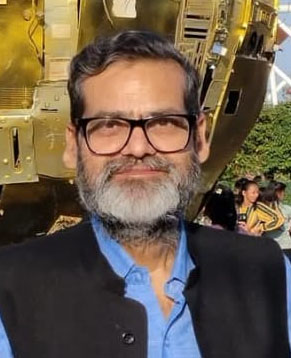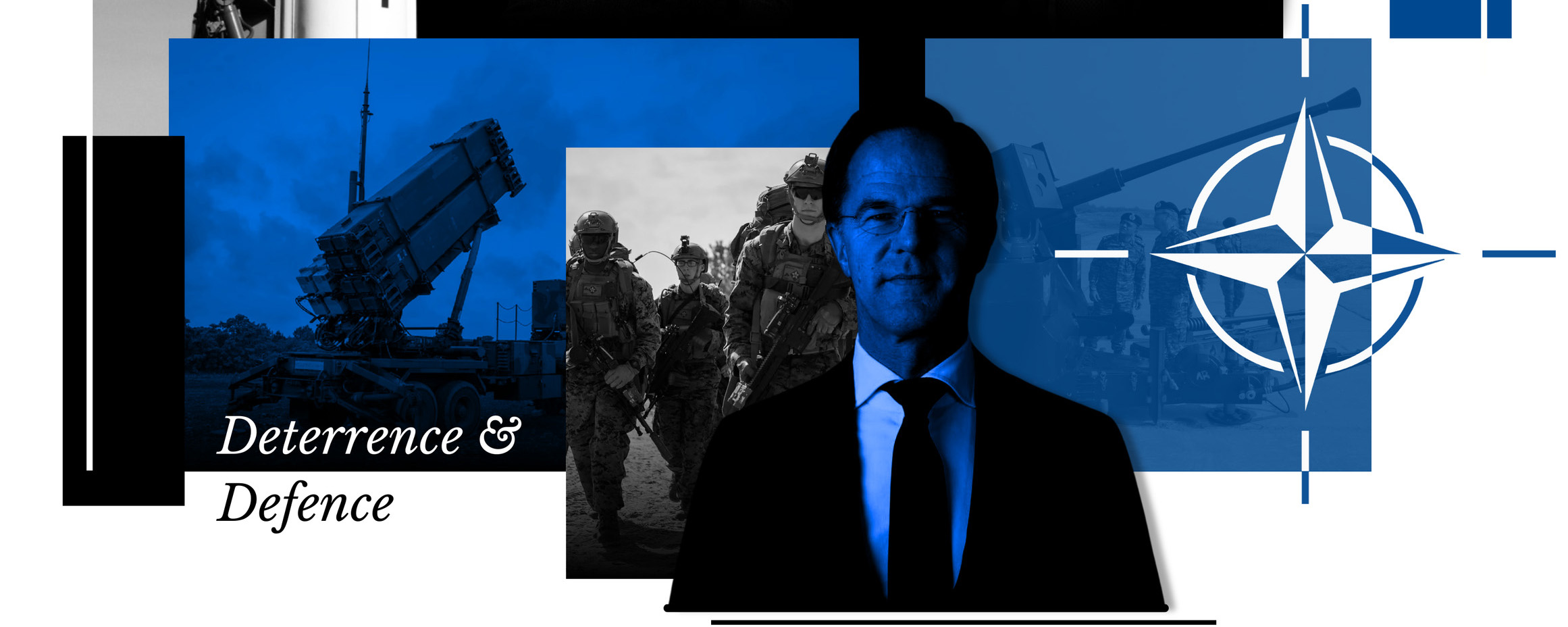NATO’s 5% Target: A Boon for India’s Arms Industry


Donald Trump, by wielding the threat of Russian aggression and dangling the possibility of a US withdrawal from NATO, has effectively strong-armed all but one (Spain) of the remaining 31 member states. As a result, they’ve agreed to strive to increase their defense budgets to 5% of their Gross Domestic Product (GDP) by 2032. Trump’s tactics, policy strategies, and maneuvers – while perhaps inconsequential for most smaller European nations involved – might not warrant particular concern or celebration on our part were geopolitical equations not so multifaceted. They rarely are as straightforward as they initially appear, laced as they are with indirect interdependencies.
Nevertheless, Indian analysts have filled newspapers with speculation that the acceptance of this American proposal (or, more accurately, threat) will double or triple the defense budgets of numerous NATO countries, leading to a surge in demand for our weapons, military systems, and equipment. They foresee India and its companies establishing themselves as major players in this burgeoning market.
Will the Arms Market Flood?
Beyond France and the US, several developing nations in Asia and Africa are exhibiting interest in Indian weaponry. The Philippines is purchasing BrahMos missiles, while Vietnam is considering naval equipment. Mauritius, the Seychelles, Sri Lanka, and others are looking at coast guard vessels. Some Latin American countries are showing interest in Indian radar systems and light arms. Besides Nepal, Myanmar, and Bhutan, we also plan to sell weapons to Indonesia, Brazil, and certain European nations. The expectation is that in addition to non-NATO countries, acquiring at least two dozen new NATO clients will translate into earnings of billions.
This abundance of anticipation-filled news has established the approval of NATO countries’ new budgets during the meeting in The Hague, Netherlands, as a significant event for our own country. The question arises: is the analysts’ assessment logical and accurate, or is it overly enthusiastic and merely wishful thinking? Undoubtedly, India now manufactures highly advanced and capable weapons and military equipment, and its reputation is growing in the global market. It will certainly want to sell weapons. But is this truly such an easy and massive opportunity, primarily exploitable by India? Will this opportunity propel the country’s arms market onto the global stage? Is this benefit really as great as is being propagated?
More Like Building Castles in the Air
The threat of the US, which contributes 66% of NATO’s funds, to withdraw is prompting some member countries to try to increase their defense spending to 5% of GDP. Poland is already spending over 4% of its GDP, and Estonia and the US are spending over 3.5%. Latvia and Greece, which currently spend around 3%, may be able to do so. However, apart from Greece, none of these appear to be potential customers for India. For countries with figures of 2.5% or less, this will not be an easy task. These include Finland, the UK, Romania, and Denmark, among others. And for countries that spend 2% or less – those that spend just over 1% of their GDP on defense – this will be impossible. So, most NATO countries will not be able to meet the defense spending target of 3.5% of GDP on soldiers and weapons.
At best, they will meet the earmarked 1.5% of GDP for upgrading infrastructure, including roads, bridges, ports, airfields, military vehicles, cybersecurity, and the protection of energy pipelines, often through questionable practices. Some countries have political situations where their coalition partners oppose prioritizing defense over education and health. Most NATO countries spend less on defense than on health or education. If a 5% defense spending target is set, 21 countries that currently invest less than 5% in education would allocate more to the military, surpassing schooling. In such a situation, power dynamics, coalitions, and election-year popularity politics will restrain them, as will social forces. Countries like Spain, geographically far from the threat of Russia and China, will simply not pay attention to this issue. Canada, with a defense expenditure of slightly more than 1.25%, will hesitate for political reasons. To reach defense spending of 5% of GDP, nearly two dozen countries would have to spend hundreds of billions of dollars more each year than their current expenditures. Furthermore, NATO members will have to decide for themselves where they will get the extra cash to allocate to defense spending. Social upliftment is one thing, but obtaining loans for weapons is unlikely.
Demand for BrahMos is Increasing Globally
India is not currently included among the preferred arms vendors of wealthy NATO members that spend more than 3% of their GDP on defense. Even if smaller countries’ defense budgets reach 3% of their GDP, this amount will be very low. Moreover, there will be pressure from group member countries and from the US and other major players in the market. The main suppliers of weapons and military equipment to NATO countries are still the US, France, Germany, and the UK. American companies such as Boeing, Airbus, and Lockheed Martin have already captured the NATO countries’ arms market, and they will make more aggressive efforts to capitalize on this opportunity. In addition, South Korea is close to selling advanced missiles and naval systems to these countries, while Israel and Turkey are going to offer them cheap drones, cybersecurity, intelligence equipment, and Brazil is offering light military aircraft at low prices. In such a situation, it is difficult to say how much of their military purchases we will get. How correct will it be to claim that this opportunity will open the way for heavy exports for Indian defense manufacturers, giving a new direction to global defense procurement dynamics? India will become an attractive secondary supplier for NATO countries.
NATO countries are now looking for cheap and reliable alternative weapons sources. So, even if we get purchase proposals from some NATO countries, how much that will affect our defense business can be understood from the fact that even after exporting defense products to more than 85 countries today, India holds less than one percent share in the global defense export market.
The government’s efforts in the past decade in the name of indigenous production and self-reliance in the defense sector are now beginning to show excellent results, and it has been decided that India is a major player in the defense market in the future. There are numerous excellent exportable products such as BrahMos missile, Tejas, Arjun Tank, indigenous radar, artillery gun, Dornier-228 aircraft, Akash air defense system, Pinaka rocket. Several companies like Data Patterns India, Paras Defence and Space Technologies, DRDO, Bharat Electronics, Bharat Dynamics, IdeaForge Technology, HAL, Tata Advance Systems, are known globally for their products and deliveries. We are also better in the MRO i.e. Maintenance, Repair, Overhaul Sector. If we keep our aspirations grounded in reality, we can take advantage of this opportunity as a Tier-2 supplier. The government’s goal is to achieve Rs 50,000 crore in defense exports by FY29, and it can be achieved in the same way. It remains to be seen what will be the fate of this optimism.